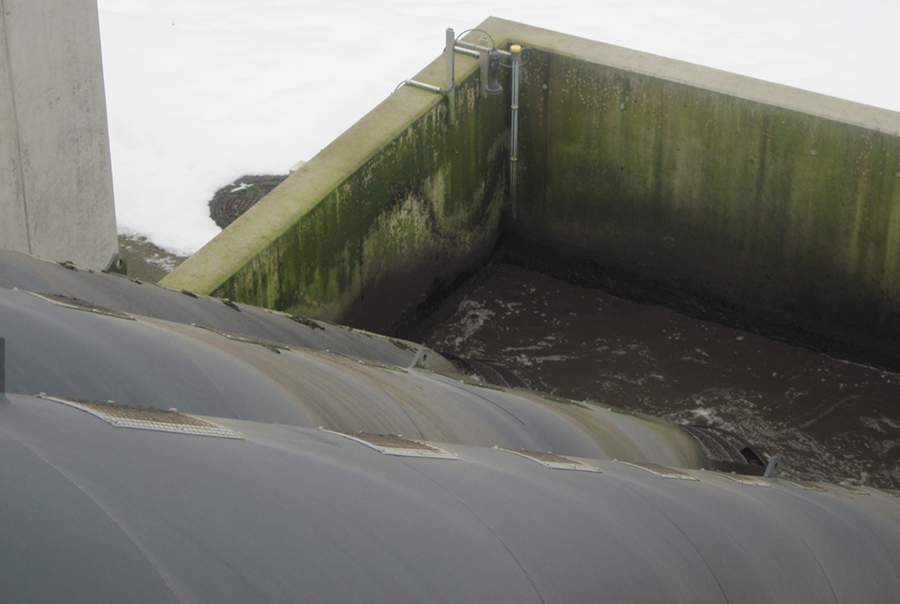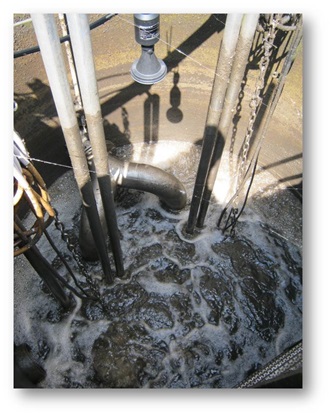Talking Treatment: Water industry insights
Welcome to Talking Treatment. Here, you can expect to find insights into the water treatment process from VEGA’s industry experts, challenges facing plant engineers and technicians, and answers to questions like “What happens to water after it goes down the drain?” In the first edition of Talking Treatment, water and wastewater industry manager Jim Burke discusses lift stations, an important part of the water treatment process.
What a lift station does
You maybe have never heard of a lift station, but after you learn what they do, I bet you’ll be glad they’re out there. Lift stations are an integral part of an underground collection system designed to bring wastewater from all constituents served within a municipality to the wastewater treatment plant (WWTP). All of the city’s wastewater, from homes and businesses, collect in one area using a ‘hub and spoke’ design model and wastewater flows through the hubs and spokes by gravity. Think of a lift station as gravity’s sidekick, the Chewbacca to its Han Solo. Lift stations (aka “wet wells” or “pumping stations" depending on regional preference) are used to raise the wastewater, usually multiple times, during its route to the WWTP.
Here’s one of the challenges with wastewater collection systems: They’re all different. Each collection system is unique and can have its own difficulties relating to topography, population distribution, industrial dischargers, and even local political landscape. The wastewater needs of a densely-populated metropolitan area full of high rises, office buildings, and restaurants are in a different universe than those of a rural area where homes are acres apart.
Since collection systems are designed to meet the needs of the municipalities they serve, there is no one-size-fits-all approach to lift stations, either. The number of lift stations within a municipality can vary from half-dozen to a few hundred and can be located in some interesting places–residential subdivisions, beneath busy streets, even under buildings. Recently, a colleague in Minnesota helped a customer with a lift station in the front yard of a suburban home. That had to be a sight for the neighbors.
Just so you know
Why you should care about level measurement in a lift station
Pumps are used to move wastewater in the lift station and flow rate can fluctuate widely so there must be a mechanism to turn the pumps on and off. If the level gets too high, then wastewater can overflow into the environment. And by the environment, I mean your front lawn, the park where your kids play, maybe even your basement. No one wants a lift station overflow, which is why accurate level measurement in this application is so important.
If the level in the lift station gets too low and the pumps continue to run, they can burn out. In that case, wastewater goes nowhere. That’s not a scene anybody wants to experience.
Challenges to level measurement in a lift station
As you might imagine, collected wastewater isn’t pretty. Neither is this description of why level measurement in a lift station can be difficult to achieve without the right technology. Wastewater is filled with FOG, an industry acronym for fats, oils, and greases. FOG comes from every house, every restaurant, and every business—if wastewater is collected, FOG is present. Over time, it builds up on the surface of the water and can clog collection system lines. It can also coat floats and other mechanical devices municipalities install to measure level, causing them to fail. The most common way to combat FOG is manpower; people have to regularly clean the instruments to keep the measurement going. Talk about your thankless jobs.
Other issues complicating level measurement in lift stations include foam, which can provide false level readings for some devices, sediment that can plug hydrostatic sensors, and moisture and humidity that can interfere with ultrasonic signals. An application this challenging requires a robust, comprehensive solution.
Through-air radar: A redundant approach to lift station level measurement
To ensure consistent and accurate lift station level measurement in all conditions, I recommend pairing two through-air radar sensors. This redundant measurement gives users a high degree of reliability and a backup system in the event that one detector goes down. Here at VEGA, we offer a radar level sensor successfully installed in hundreds of lift stations across North America.
The VEGAPULS WL 61 is a through-air radar sensor designed to meet the needs of the municipal wastewater and industrial water industries. A lightweight detector, the VEGAPULS WL 61 is easy to mount in whatever way most benefits the customer. And with a measuring range of nearly fifty feet, there is never any reason this through-air radar should contact the wastewater, significantly reducing maintenance. Radar microwaves measure through FOG, foam, and condensed moisture without losing accuracy. The VEGAPULS WL 61 withstands temperature fluctuations, rain, and snow (important for outdoor lift stations) and is a cost-effective level measurement solution for budget-conscience municipalities. Each sensor operates independently, so even in the unlikely event one sensor fails, the lift station won't miss a beat.
Conclusion
Everyone wants their city lift stations working properly so wastewater gets to the treatment plant without a hitch. To keep the underground stuff underground, city engineers and maintenance techs need accurate, reliable level measurement that takes little effort to operate. However, the technologies traditionally used in many plants are labor-intensive and fraught with potential error. For low-maintenance, reliable level measurement in a lift station, I recommend the VEGAPULS WL 61. This field-tested radar level sensor delivers reliable measurement in adverse conditions without frequent upkeep.
Recommended products for this application
Want to know more?
Export this article
Download as PDFShare this article
Comments ({{comments.length}})
{{getCommentAuthor(comment, "Anonymous")}} {{comment.timestamp | date : "dd.MM.yyyy HH:mm" }}
{{comment.comment}}







